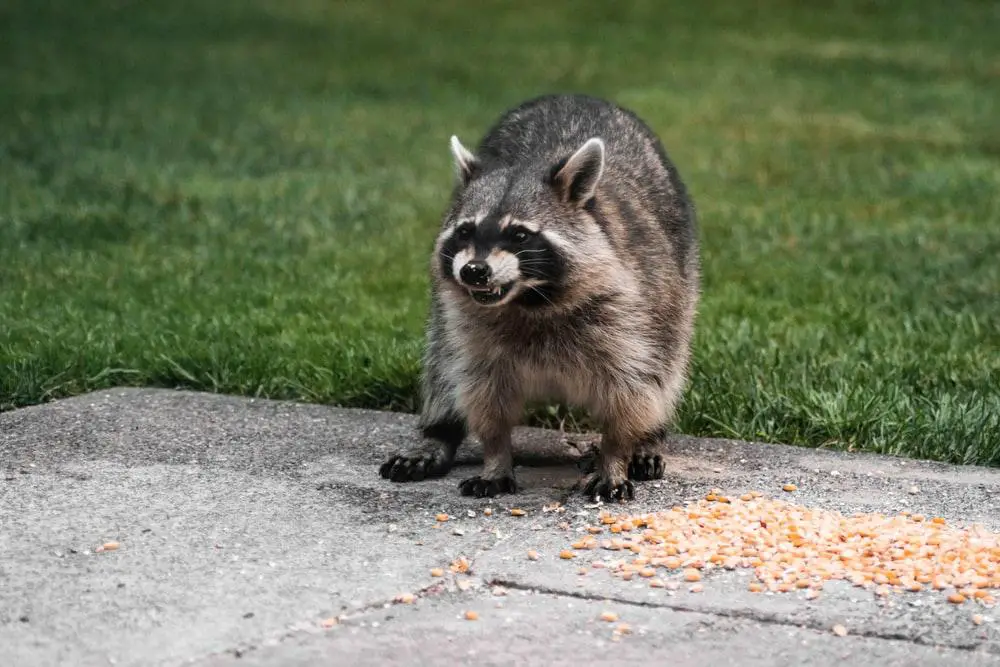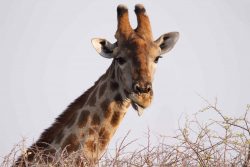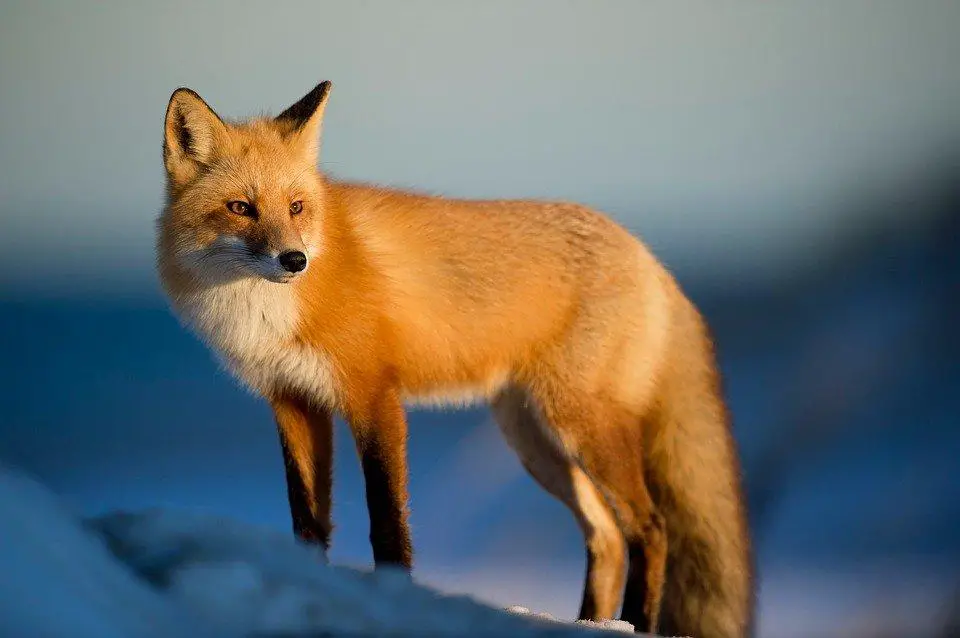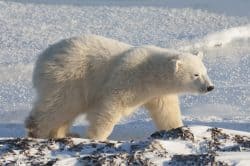Author: WildLifeFAQ (Mark Jess)
-

Do Raccoons Eat Skunks?
The raccoon is a mammal native to North America. It is the largest member of the procyonid family, ranging in length from 16 to 28 inches and weighing between 5 and 26 kilos. Its grey coat is mostly made up of thick underfur, which keeps it warm in the winter. The raccoon’s extraordinarily dexterous front
-

What is the Difference Between a Wolverine and a Wolf?
In comparison to wolves, wolverines are considerably smaller and less powerful animals. They are members of the family Mustelidae. Their heads are rounded, their legs are short, their paws are huge, and their tails are short. Their length ranges from 25 to 35 inches, and their weight ranges from 20 to 55 pounds. They resemble
-

Can Giraffes Throw Up? Explained
Giraffes have a tendency to be sick on a regular basis, but not in the same way that humans do. They are more like cows in that they allow the first of their stomach’s four chambers to do some of the breaking down of their food before regurgitating it back into the mouth, where it
-

Can foxes mate with dogs?
Foxes are omnivorous, small-to medium-sized animals that comprises numerous species in the Canidae family. They feature a long, bushy tail; a flattened cranium; erect triangular ears; a pointed, slightly upturned snout; and a pointed, slightly upturned snout. The monophyletic “real foxes” group of the genus Vulpes includes twelve species. A further 25 living or extinct
-

Can a polar bear break into an igloo?
You’d think a polar bear’s sheer weight would send him crashing through the ice, and it can if the ice is too thin. But, for the most part, polar bears travel and live atop the ice, seldom venturing into the freezing water beneath. Weight-bearing adaptations and instincts let them stay afloat on the ice. When

